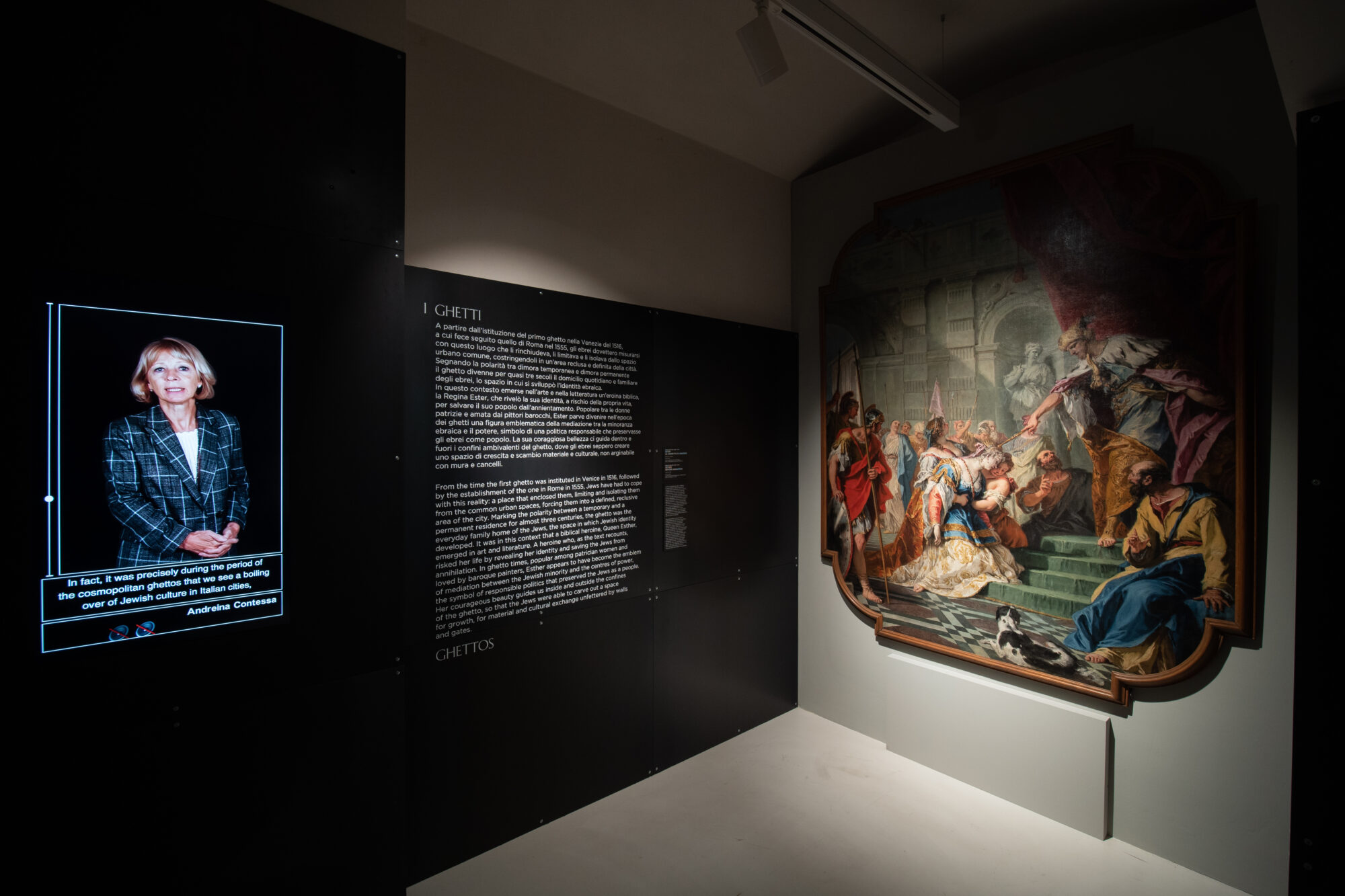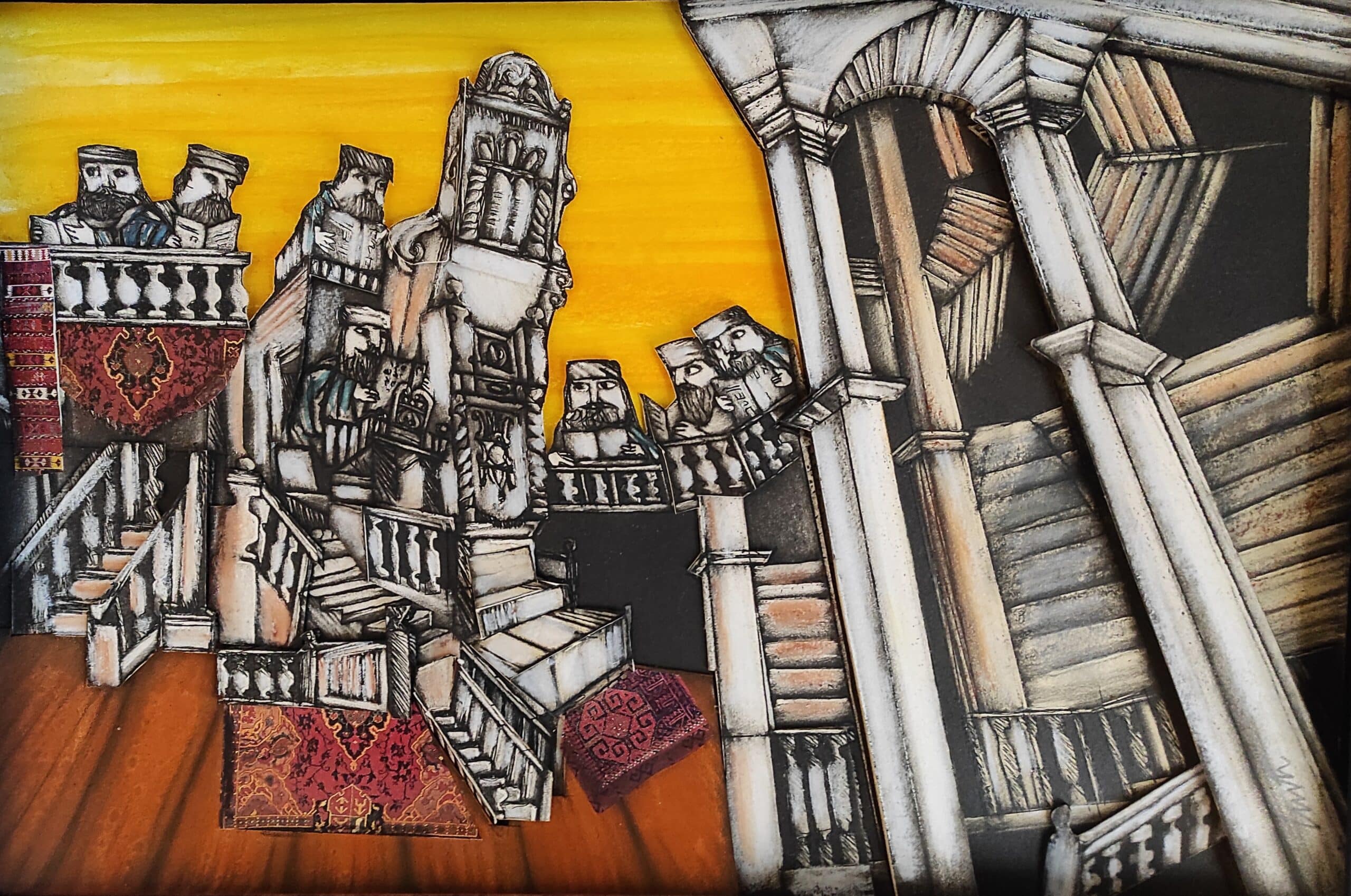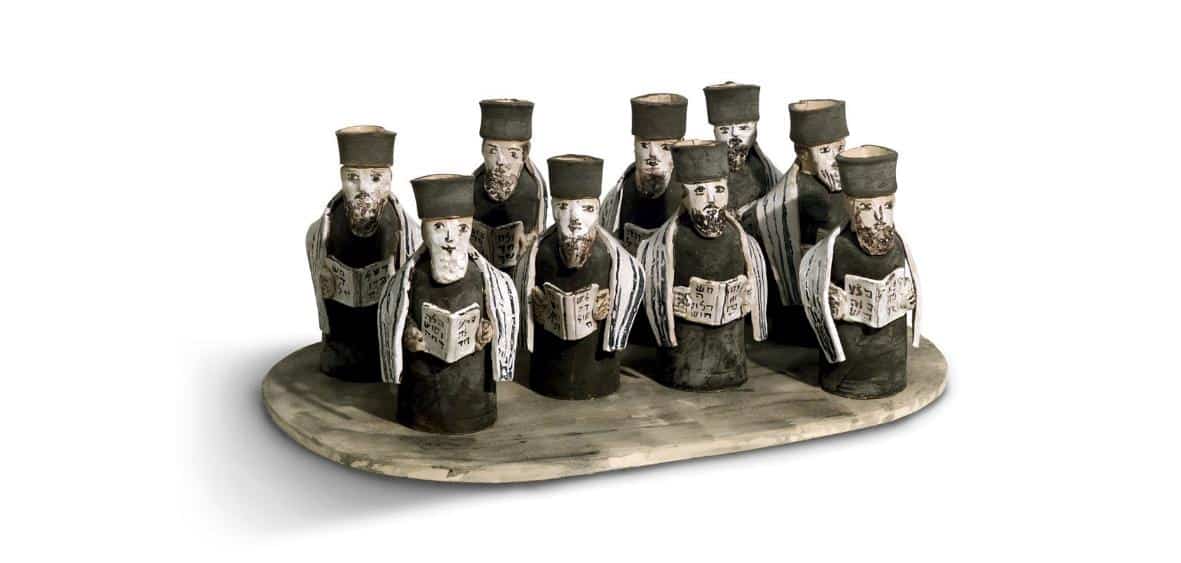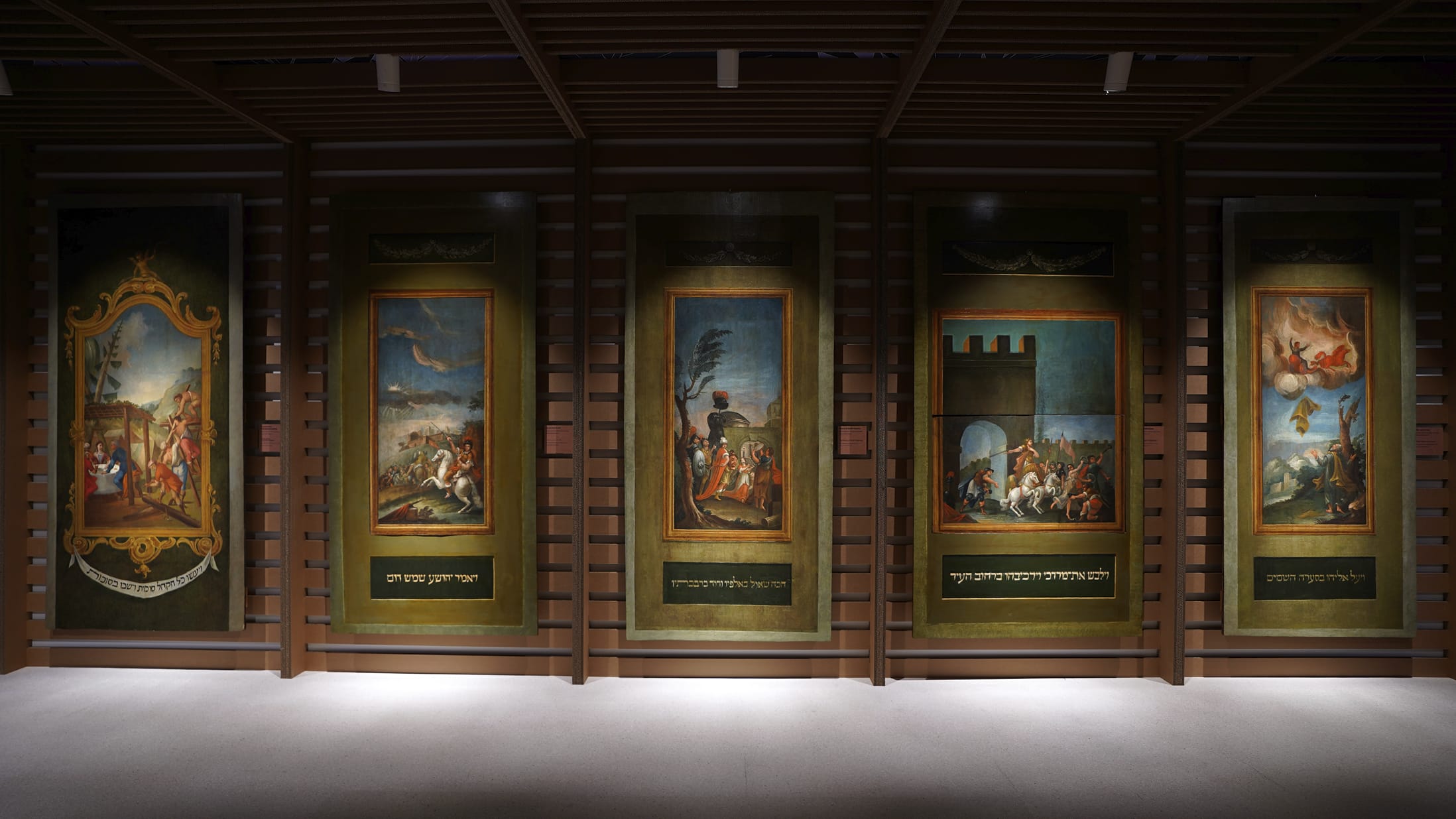 Member Update
Member Update

Beyond the ghetto. Inside&Out
Friday 29 October 2021 will see the opening of the third important chapter in the life of the National Museum of Italian Judaism and the Shoah in Ferrara: the exhibition “Beyond the Ghetto. Inside&Out.”
The exhibition — curated by Andreina Contessa, Simonetta Della Seta, Carlotta Ferrara degli Uberti and Sharon Reichel and set up by Studio GTRF Giovanni Tortelli Roberto Frassoni — traces the history of Italian Jews from their confinement in ghettos (with the first established in Venice in 1516) to the beginning of the 20th century.
“What is being inaugurated”, explains MEIS President Dario Disegni, “is the third fundamental exhibit conceived by the MEIS, dedicated to the millennia of Jewish experience in Italy. This follows on the heels of the exhibit in December 2017 “Jews, an Italian story. The First Thousand Years” curated by Anna Foa, Daniele Jalla and Giancarlo Lacerenza — with objects on loan from the world’s most prestigious museums, archaeological but not only — and the 2019 exhibit entitled “The Renaissance Speaks Hebrew” curated by Giulio Busi and Silvana Greco, which featured works by Mantegna and Carpaccio. Two very successful temporary exhibits, now condensed into the permanent collection “Jews, an Italian story”, which will be further enriched at the end of “Beyond the ghetto. Inside&Out”. This journey in time has been made possible thanks to the museums, private collections and family heirlooms lent to the Museum year after year and which, when displayed together, recount more than two thousand years of history”.
“For centuries”, writes MEIS Director Amedeo Spagnoletto, “the Italian ghetto – an enclosure within which the Jews suffered a long, tortuous segregation represented a narrow, shadowy space, albeit always fitted with symbolic windows that only rarely afforded any access to the outside world. The ghetto functioned as a cultural and physical filter that molded every facet of Jewish life, deeply affecting the social and domestic spheres, modeling the lexicon and rendering certain aspects of religious life more resistant than elsewhere, but also suffocating the energy that under conditions of liberty would have blossomed more vigorously in myriad fields. This exhibition describes the complex interpretations that can be given to this experience. It covers not only the delicate relations between the Jewish communities and the local government, but also family stories, anecdotes and regional traditions, as well as the cultural and artistic activities that, despite everything, still managed to flourish within such a restricted dimension”.
The exhibition, which traces the crucial moments of modern history as seen from the perspective of Jewish experience, is built on and recounted through a variety of materials and works from all over Italy and abroad, such as the imposing painting “Esther before Ahasuerus” by Sebastiano Ricci — on loan from Palazzo del Quirinale —, the “Interior of the Synagogue in Livorno” by Ulvi Liegi and the “Portrait of Giuseppe Garibaldi” by Vittorio Corcos (both from the Giovanni Fattori Civic Museum in Livorno).
However, a special feature of this exhibition project was the desire to supplement the itinerary with objects that bear witness to everyday Jewish life, such as the door of the Aron Ha-Qodesh, the sacred gilded carved wooden ark from one of the synagogues in the ghetto of Turin — donated in 1884 by the local Jewish Community to the Municipal Museum of Turin — or testimonies of personal commitment, represented for example by the trunk of Matilde Levi, a Red Cross nurse in Viterbo. This is the thinking underlying the exhibition, and the museum as a whole: the melding of a rigorous historical approach with significant references to art, contributions of a sociological nature, even of an individual and highly personal dimension, of great relevance even today.
Across the centuries, we reach the Unification of Italy and the First World War, the final date of the period analyzed. This gives us a clear picture of the various crossroads encountered in forming the Jewish identity, experienced in Italy. We see the Jews emerge from the ghettos to participate actively — and with great conviction — in the history of the country as it takes its founding steps, to then be locked “inside” once more under fascism, a period of horror in which they were deprived of their rights.
The exhibition is realized with the support of Intesa Sanpaolo, The David Berg Foundation, Guglielmo De Lévy Foundation, TPER and under the patronage of the Italian Ministry of Culture, the Emilia-Romagna Region, the Municipality of Ferrara, the Union of Italian Jewish Communities and the Jewish Community of Ferrara. Special thanks go to Fondazione CDEC and the late Ambassador Giulio Prigioni.



